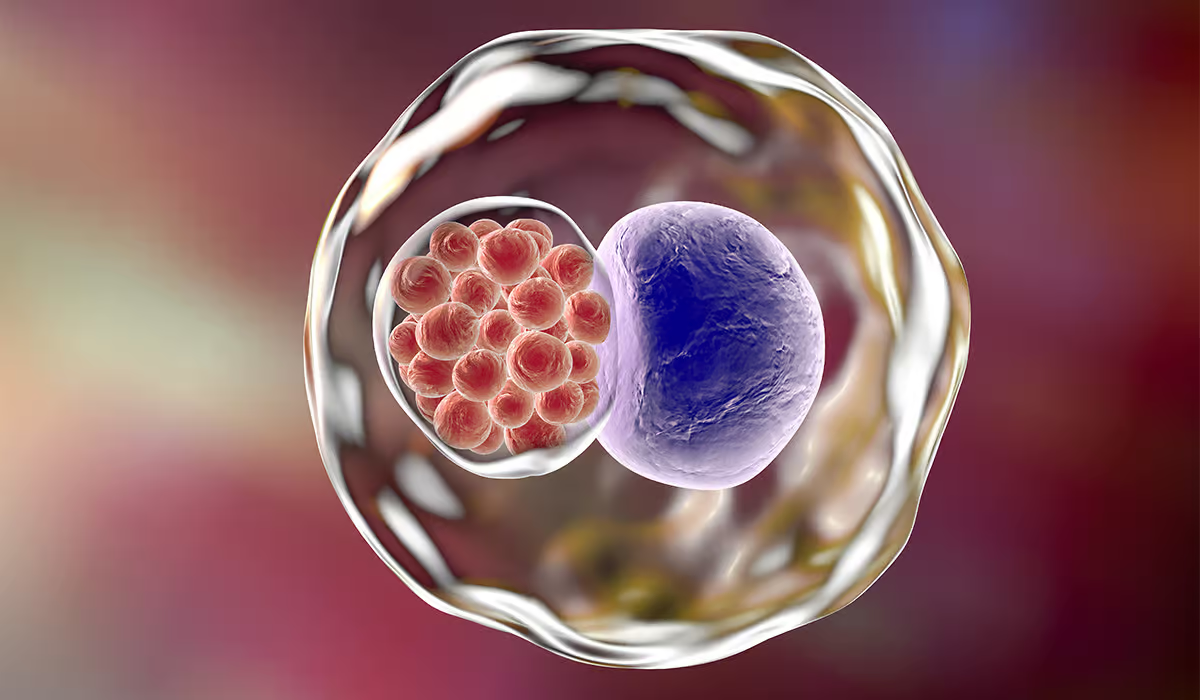They lead to damage to brain cells, which gives rise to disease symptoms. Lewy bodies are characteristic not only of dementia described but are also observed in many other neurodegenerative diseases like Parkinson’s. However, in DLB, Lewy bodies are located in the new cortex and limbic system rather than predominating in the brainstem – as in Parkinson’s disease.
Types of dementia
There are many types of dementia diseases. “Dementia” is a very general term. It indicates the presence of symptoms of mental changes. Dementias are different and have various causes. Specialists in diagnosing dementia use multiple methods to determine the type of condition. Here are the most common types of dementia diseases:
- Alzheimer’s disease
- Vascular dementia
- Lewy body dementia
- Frontotemporal dementia
Statistics show that it is Alzheimer’s disease that is most common among dementias. In the United States, as many as more than 5 million seniors suffer from this type of dementia. In contrast, the number of Lewy body dementia diagnoses is much lower, about 1 milion cases in US.
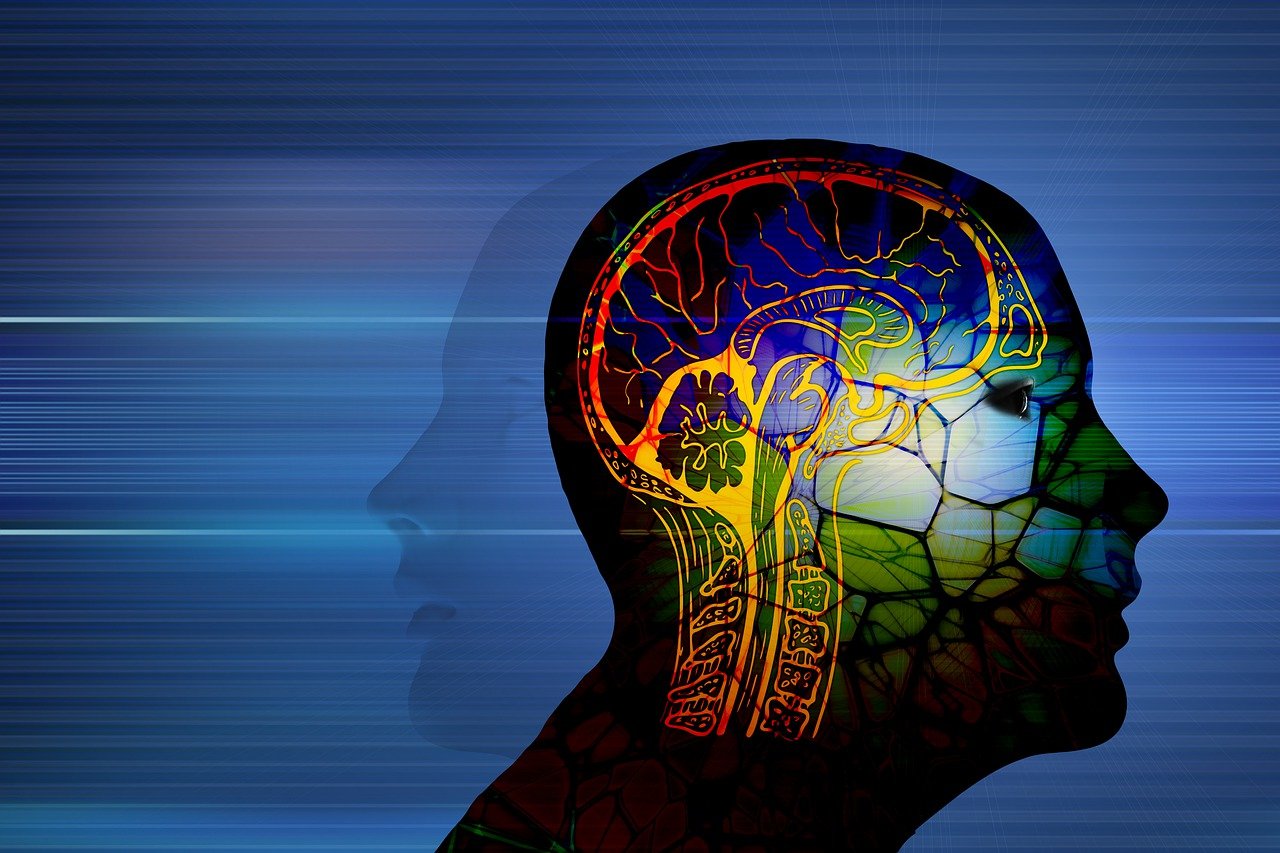
Lewy body dementia – symptoms
Lewy body dementia, also known as DLB – Dementia with Lewy bodies – has formalized diagnostic criteria that should guide diagnosis. The critical elements in diagnosing Lewy body dementia are the patient’s history, psychiatric and neurological examination, and clinical diagnostic criteria. When diagnosing Lewy body dementia, specialists must pay attention to general symptoms, supportive symptoms, and exclusionary symptoms. It is suitable for avoiding misdiagnosis, which is common in DLB because of its similar symptoms to other diseases.
General symptoms
General symptoms of Lewy body dementia:
- Worsening memory disorders;
- Impaired attention, executive, and visuospatial functions;
- Disturbed level of wakefulness;
- Visual hallucinations;
- Parkinsonism;
- Progressive cognitive disorders hinder social and professional life;
The most characteristic symptoms of dementia with Lewy bodies are parkinsonism, cognitive decline, and visual hallucinations. Parkinsonism is a set of symptoms characteristic of Parkinson’s disease, which can also appear in other diseases. Lewy body dementia is one of these diseases, in which Parkinsonism is manifested by trembling of the limbs, muscle rigidity, spasms and other motor disorders. In addition to it, there are also cognitive symptoms. Due to changes in the brain, DLB patients have problems with concentration and attention. They also begin to see or hear things that do not exist in reality.
In some cases, memory impairment may not occur in the first stage of the disease. But as time passes, memory gradually deteriorates. The level of severity of symptoms is important to identify. In addition, sleep disturbances and wakefulness problems may be present.
A parkinsonism is a sign that must be distinguished from dementia associated with Parkinson’s disease. Specialists must also be careful when observing hallucinatory symptoms to avoid confusing them with typical psychosis. Another diagnostic difficulty is the variable severity of symptoms. The symptom situation may look different for each person. Thus, it is so difficult to diagnose dementia with Lewy bodies correctly.
Suggestive symptoms
Suggestive symptoms of Lewy body dementia:
- Hypersensitivity to neuroleptics;
- Movement disorders associated with the REM phase;
Additional suggestive symptoms include movement disorders associated with REM phase and hypersensitivity to neuroleptics. Sleep disorders are essential symptoms that often occur in DLB, and they are not infrequently the first symptom of the disease, observed before other symptoms appear. Neuroleptics that are antipsychotics can be dangerous for people with DLB. They can cause an increase in the intensity of motor symptoms. Detection of these two symptoms can increase the likelihood of a correct diagnosis of DLB.
Supportive symptoms
Supportive symptoms are additional symptoms to help diagnose Lewy body dementia. Supporting symptoms are as follows:
- Delusions, hallucinations (other than visual);
- Severe autonomic disturbances: orthostatic hypotension, incontinence;
- Transient disturbances of consciousness;
- Constant falls and fainting;
- Depression and anxiety;
Diagnosticians paying attention to supportive symptoms must keep in mind that it is depression and anxiety that need to be differentiated from apathy, which occurs along with parkinsonism. In general, additional symptoms make life very difficult and burdensome for DLB patients. Patients’ families must provide adequate care as they lose control of basic skills. It can be a significant emotional problem, which causes mental strain on caregivers.
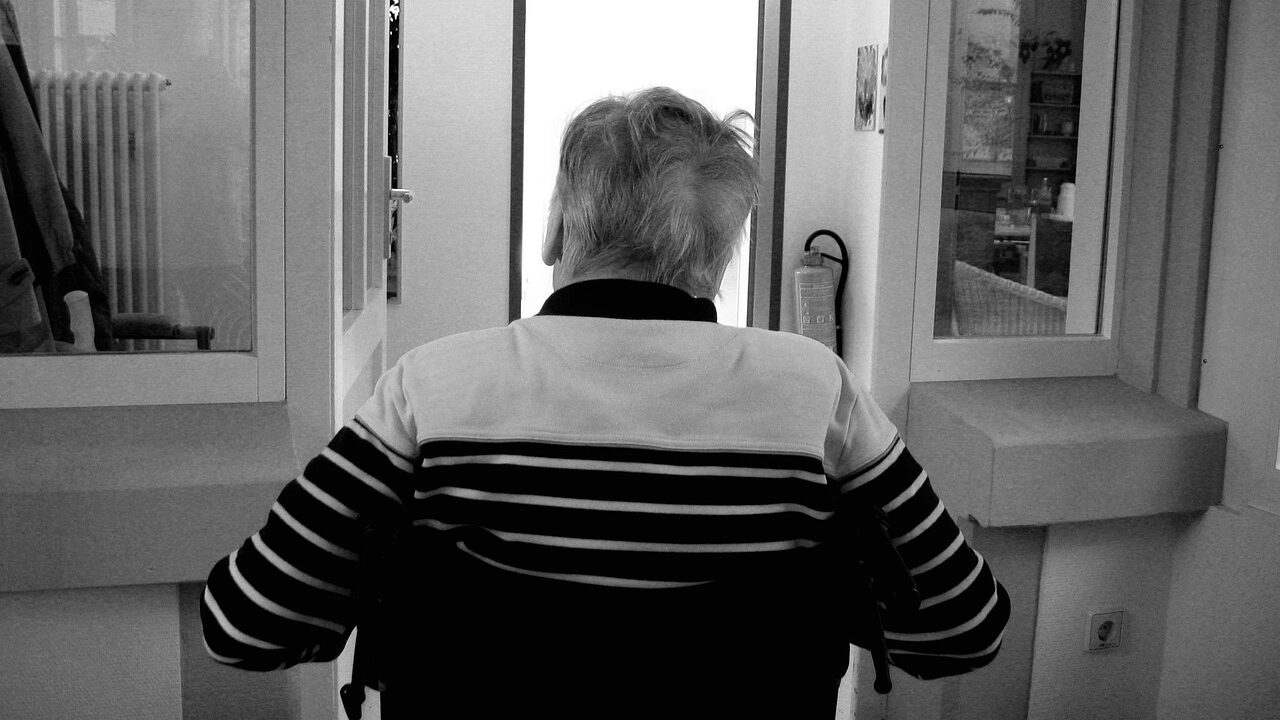
Exclusion symptoms
Symptoms to rule out a diagnosis of DLB are necessary so as not to confuse Lewy body dementia with other diseases. Like Alzheimer’s disease, Parkinson’s disease, or psychosis. Here are the following exclusionary symptoms:
- Occurrence of parkinsonism in advanced stages of dementia;
- Vascular disease manifested by focal symptoms;
- Presence of other diseases (including CNS) explaining the symptoms found;
The symptom of parkinsonism must be carefully observed. For a correct diagnosis of Lewy body dementia, confirmation is needed that the dementia symptom occurred before or with the parkinsonism symptom. Parkinsonism should not appear earlier. Diagnosing Lewy body dementia can be a challenging process, and there are plenty of diagnostic pitfalls that can cause uncertainty. Thus, so many various types of symptoms the diagnostician must take into account.
Lewy body dementia – diagnosis
As we mentioned earlier, the diagnosis of DLB can be very challenging. Establishing the correct clinical diagnosis of dementia with Lewy bodies requires the cooperation of many specialists. The opinion of a psychiatrist and a neurologist is needed. Specialists use diagnostic criteria to establish the correct diagnosis. Determining a characteristic psychiatric and neurological clinical picture is most important. Accurate diagnosis and the use of therapeutic strategies make it possible to achieve optimal improvements in most patients.
Thus, it is essential to distinguish Lewy body dementia from different diseases. The diseases and disorders most often confused with DLB are Parkinson’s disease, Alzheimer’s disease, and psychotic disorders—incorrect diagnosis results in ineffective and even dangerous treatment. A wrong diagnosis can increase the patient’s risk of deterioration because of the hypersensitivity of people with DLB to neuroleptics and different medications.
Lewy body dementia and Parkinson’s disease – differences
The most crucial thing in diagnosing dementia with Lewy bodies is to distinguish it from Parkinson’s disease. It can be difficult because Parkinson’s disease also manifests as dementia, which is a collection of various symptoms. The two types of dementia have many similarities, but experts have noted some significant differences. In addition to the diagnostic criteria, which dictate that attention should be paid to the prevalence of symptoms, several features distinguish DLB from Parkinson’s disease.

- Limb tremor occurs in both Lewy body dementia and Parkinson’s disease. However, in Parkinson’s disease, the limbs may tremble while resting, while in DLB, the tremor occurs mainly during activity (e.g., reaching for something, lifting something).
- In Lewy body dementia, myoclonus may occur, and it is involuntary and rhythmic twitching and contractions of muscles and joints that usually happen when falling asleep. In Parkinson’s disease, the occurrence of this symptom has not been noted.
Lewy body dementia – treatment methods
The wide range of symptoms of left-body dementia significantly impairs patients’ functioning. Therefore, it is important to implement appropriate treatment. It is also proving to be a challenge because, due to the variety of symptoms, controlling one sign of Lewy body dementia can exacerbate a different symptom. Also, receiving quality care is only possible for some people. However, treatment is possible and, according to research findings, is working.
Admittedly, Lewy body dementia cannot be completely cured, but patients’ functioning can be significantly improved by reducing the intensity of symptoms. There are various types of treatment recommended for people with DLB.
- Non-pharmacological treatment: People with DLB must receive appropriate care. Most often, the patient’s family plays this role. A key aspect is to educate the family about Lewy’s body dementia. Once the diagnosis is made, the doctor will point out potential problems. Caregivers then face many concerns, so they must be prepared for them. You can learn about the patient’s case at the doctor’s office. You can also get advice and a prognosis for the future. People with Lewy body dementia need help with daily functioning. Their caregivers, therefore, need to know how to manage all kinds of symptoms.
There is a way to help families care for the patient. For example, the family can benefit from specialized palliative care. Patients receiving this type of care can receive specialized medical attention, and it prevents them from feeling a burden on their families. However, specialized medical care comes at a cost. So not everyone can afford it.

Summary
Lewy body dementia is a disease affecting millions of people worldwide. Patients have to deal with many difficulties. Due to a variety of symptoms, their quality of life decreases. At the first stage of the disease, resourcefulness and independence are relatively high. However, as the disease progresses, people with DLB need adequate assistance.
Visual hallucinations are among the common symptoms of Lewy body dementia. Auditory hallucinations may also occur. There are many pathological changes in the brain of people with DLB. Because of it, concentration problems can also occur. Patients often need help maintaining attention and may need to be more organized and clear. Impairments in thinking also occur and may progress, as it sometimes does in dementia.
Lewy body dementia also has a symptom such as parkinsonism. However, mobility problems usually manifest later, even several years after the first symptoms of dementia. In addition to the typical symptoms, there may also be sleep problems or depression. Lewy body dementia is a progressive disease that cannot be cured completely. However, proper care and treatment can significantly reduce the intensity of symptoms.
Sources
- Alzheimer’s Association (2023) Alzheimer’s Disease Facts and Figures. https://www.alz.org/media/Documents/alzheimers-facts-and-figures-special-report.pdf
- Ian G. McKeith (2002). Dementia with Lewy bodies. https://www.cambridge.org/core/journals/the-british-journal-of-psychiatry/article/dementia-with-lewy-bodies/0A3361403734F9E64715C2EE15038E01
- McKeith I.G., Dickson D.W., Lowe J. and others (2005). Diagnosis and management of dementia with Lewy bodies. Third report of the DLB consortium. https://n.neurology.org/content/65/12/1863.short
- I. Litvan, A. MacIntyre, C. G. Goetz (1998). Accuracy of the Clinical Diagnoses of Lewy Body Disease, Parkinson Disease, and Dementia With Lewy Bodies. https://jamanetwork.com/journals/jamaneurology/article-abstract/774027
- Ian McKeith, Teodoro Del Ser, Franco Spano, Murat Emre, Keith Wesnes, Ravi Anand, Ana Cicin-Sain, Roberto Ferrara, Prof René Spiegel (2000). https://www.sciencedirect.com/science/article/abs/pii/S0140673600033997
- Allison Bentley, Tessa Morgan, Yakubu Salifu, Catherine Walshe (2021). Exploring the experiences of living with Lewy body dementia: An integrative review. https://onlinelibrary.wiley.com/doi/full/10.1111/jan.14932

